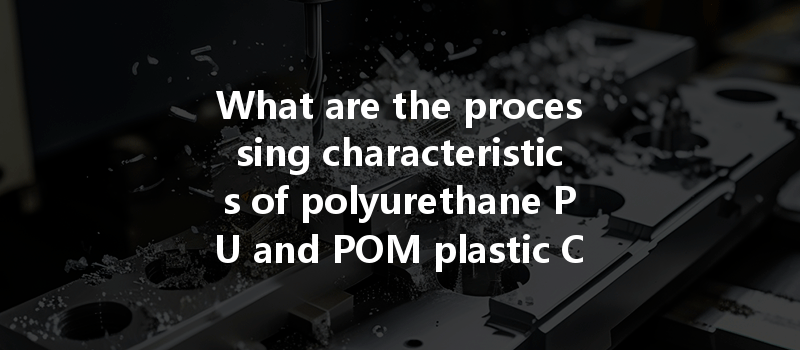Did you know that the global CNC machining market is expected to reach over $100 billion by 2024? This eye-catching figure reflects the increased demand for precision manufacturing techniques, driving industries toward advanced materials like Polyurethane (PU) and Polyoxymethylene (POM) plastics.
But what makes these materials so unique in the realm of CNC (Computer Numerical Control) machining? This post will dive deep into the processing characteristics of PU and POM, providing insights that can help manufacturers optimize their operations.
Chapter 1: Understanding Polyurethane (PU) and POM Plastic
1.1 What is Polyurethane (PU)?
Polyurethane is a versatile polymer widely used in various applications ranging from automotive parts to furniture. Thanks to its exceptional durability and flexibility, PU can be processed in several different ways, including:
1.2 What is POM Plastic?
Polyoxymethylene, commonly known as POM, is a high-performance engineering plastic celebrated for its outstanding mechanical properties. It is often referred to as acetal or Delrin, especially in the context of engineer-grade resins. Key attributes include:
Chapter 2: CNC Machining of PU and POM
Understanding how CNC machining integrates with PU and POM lays the foundation for successfully employing these materials in manufacturing processes.
2.1 Characteristics of CNC Machining with PU
Machining PU can be a nuanced task that requires specialized methods to navigate its unique characteristics:
To optimize CNC machining for PU, the following factors should be considered:
2.2 Characteristics of CNC Machining with POM
Machining POM presents fewer challenges but requires attention to avoid potential pitfalls:
Best practices for CNC machining POM include:
Chapter 3: Best Practices for CNC Machining PU and POM
To extract the full potential out of CNC machining with these materials, implementing certain best practices can lead to enhanced outcomes.
3.1 Optimization Techniques for PU

3.2 Optimization Techniques for POM
Chapter 4: Applications and Case Studies
4.1 Applications of PU in CNC Machining
4.2 Applications of POM in CNC Machining
Case Study Example: A leading automotive parts manufacturer optimized its use of PU and saw a 30% reduction in defective components through improved CNC processes.
Chapter 5: Common Challenges and Solutions
While machining PU and POM brings unique advantages, they also present notable challenges.
5.1 Challenges with PU
5.2 Challenges with POM
In conclusion, understanding the processing characteristics of Polyurethane (PU) and Polyoxymethylene (POM) plastic is vital for leveraging CNC machining efficiently. Optimal approaches in machining these materials can enhance product quality and performance while reducing operational costs.
The insights covered in this blog highlight that while both PU and POM present unique challenges and require tailored strategies, the rewards are plentiful. As the CNC machining industry continues to evolve with the demand for advanced materials on the rise, securing knowledge about these plastics is not just beneficial—it’s essential.
By embracing the best practices outlined, manufacturers can position themselves ahead of their competition and ensure they harness the full advantages offered by these remarkable materials.
Ultimately, this blog serves as a crucial resource for those looking to refine their CNC machining techniques, reminding us that knowledge is power in a rapidly changing industrial landscape.






